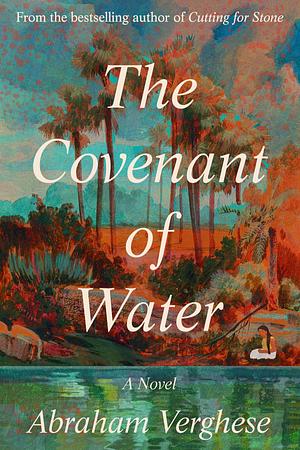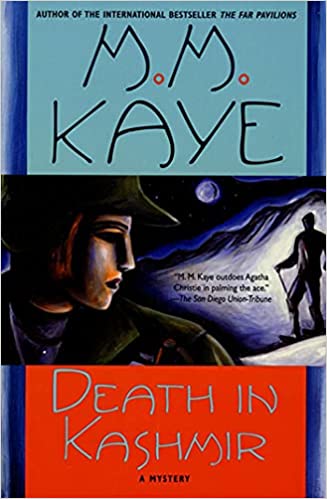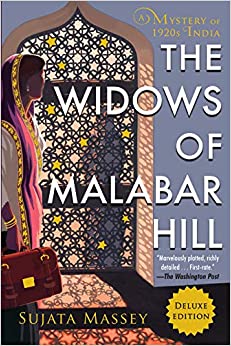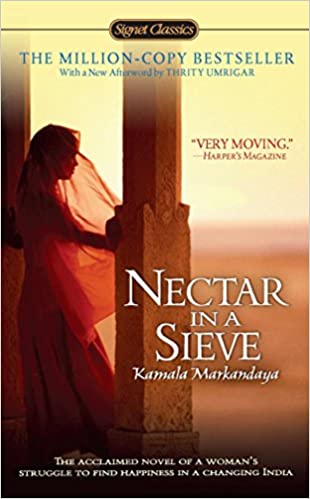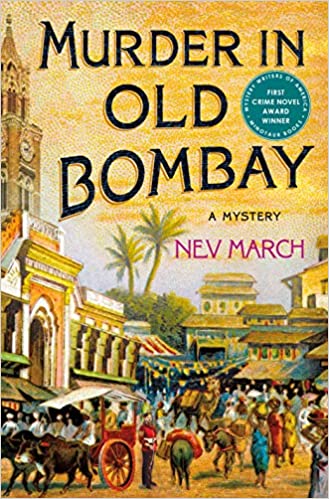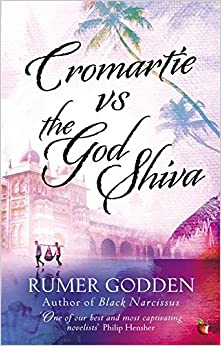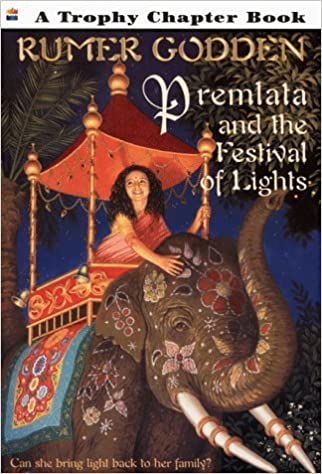In 1900, a 12-year-old girl, later known as Big Ammachi, travels to meet her future husband and marry him. Almost immediately after her father died, her uncle married her off. She is lucky, though, because her thirty-some husband makes no effort to consummate the marriage until she is 19. In the meantime, she acts as a mother to his little son Jo Jo and takes care of the house.
Although they live in southwestern India, on the Malabar Coast, an area where people are constantly in boats or on the water, she notices that her husband and Jo Jo avoid the water. It is not until Jo Jo dies in a tragic accident that she learns some members of her husband’s family suffer from the condition of disorientation in water that often results in drowning.
In 1933 Madras, Digby Kilgour, a Scottish surgeon, arrives to take up a position at the hospital. Although he was at the top of his class, he has found that his origins as a poor Glaswegian have kept him out of the positions where he can work with a more experienced surgeon. At the urging of one of his professors, he has applied for a position in India.
He finds fairly quickly that his superior, Claude Arnold, is incompetent, so he begins spending time at another hospital, working with an Indian surgeon. He falls in love, however, and this ultimately results in tragedy, turning his life toward a different direction.
Verghese takes his time, introducing many characters and stories and taking the reader through two more generations to the 1970s. He moves between these stories, eventually linking them.
Verghese is an enthralling story teller. Although on occasion he gets a little too deep into medical topics, for the most part, he gets us involved, depicts vivid sights and smells, and carries us along with his tale. Like those of some other writers of Indian descent that I’ve read, his tales loop and branch, but they eventually converge and resolve.

